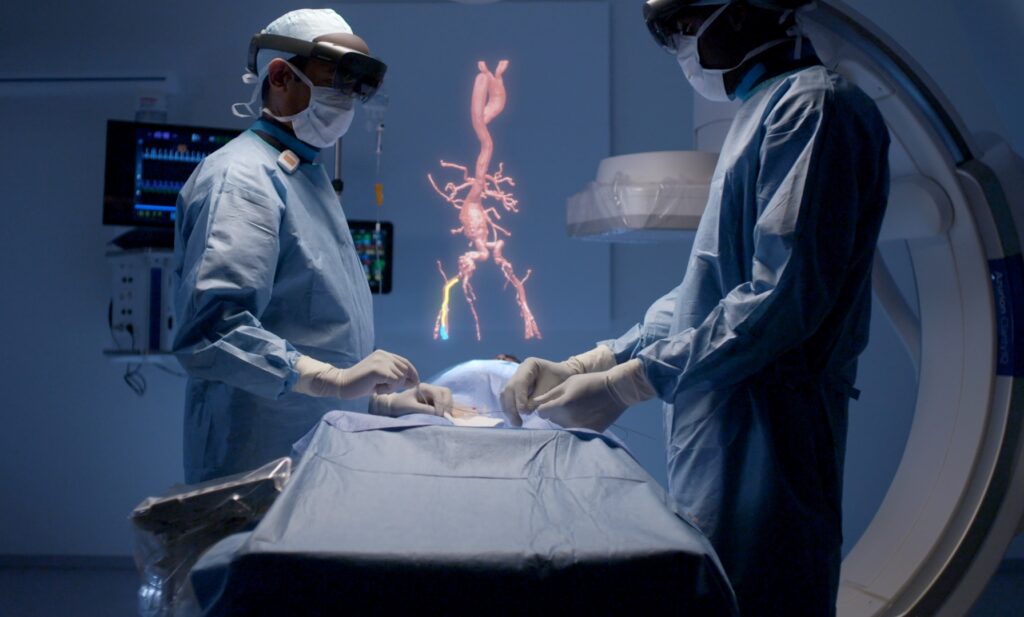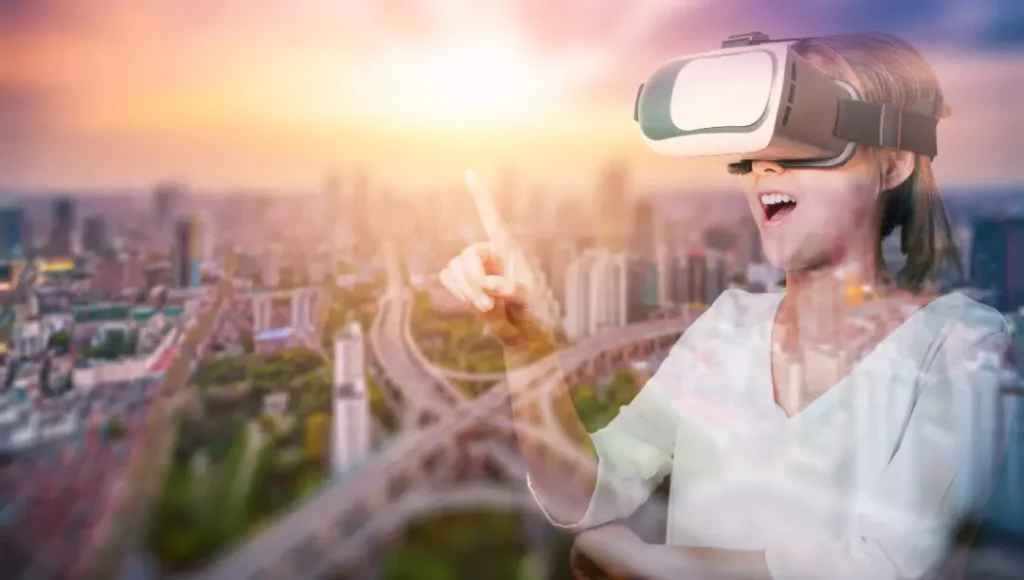The technology of Virtual Reality (VR) technology has come a very long way since it first appeared. Its initial primary focus was that of the gaming and entertainment industry. However, there has been a change these past years, VR has started to branch out and make its mark in multiple industries. The way the world is experienced has been revolutionized and is arguably only getting better. Delve into this article and see the emerging uses of VR technology.
Online Casino Gaming
The online casino industry is top of the list when it comes to embracing VR technology. The immersion of players into realistic and interactive virtual casino environments from the comfort of their own homes has been an absolute game changer. Players can now experience a casino atmosphere, with incredible 3D graphics and sound effects. VR also allows players to interact seamlessly with other players and dealers. The online casino gaming experience has been completely boosted, as the social aspect of the industry has been enhanced; players welcome the ability of being able to communicate with each other in real-time.
Healthcare

Source: geekwire.com
The health industry has opened its doors to virtual reality technology. There are various purposes for its use, such as pain management for patients, aid with mental health and medical training. Simulations can be run to help distract patients from the pain and anxiety during medical procedures. VR’s mark in the health industry will only get bigger as there are ongoing trials about whether the technology could be used for real-time surgery by surgeons from a remote location. This would be a huge step in the health industry as patients with rare ailments can be connected with specialists from different parts of the world.
Space Exploration
The space industry is primed to be revolutionized by virtual reality technology by offering top training to future astronauts in an immersive and realistic environment. Astronauts will have the ability to experience, spacecraft operations, simulated spacewalks and planetary explorations. A VR-controlled environment will provide a safe space for astronauts to practice critical tasks such as conducting experiments and equipment repair work. Another benefit to VR technology is helping astronauts prepare for the physical and especially psychological challenges they’ll face in space travel. Simulating living and working in confined spaces, practicing emergency procedures and even experiencing the effects of microgravity. This technology can play a vital role in further preparing the brave astronauts who go out there.
Virtual Reality Tourism
There are many who might not be able to leave their homes but would love to travel the world, virtual reality in tourism has the power to make a difference. This technology can transport people to different places and allows users to explore famous landmarks, historical sites and natural wonders from around the world. A 360-degree view as well as an immersive experience is all possible by putting on the headsets. VR technology in tourism opens up new possibilities, people don’t have to miss out on seeing the world anymore.

Source: capsulesight.com
Sports
The sporting world has welcomed VR technology, used for training purposes, giving athletes opportunities to practice in environments that mimic real game scenarios. Athletes are not the only beneficiaries of VR as the spectator experiences have also been enhanced. It allows spectators to view games from different angles and feel like they are part of the action. VR is also helpful in providing coaches and players with valuable data in sports analysis.
The future of VR is very promising, with its emergence in various industries. So much more can be expected from virtual reality, especially with the continual advancement of technology in the world.
If you are new to VR but are interested in learning more about this technology, you can check out this article, wherein they provided a beginner’s guide on virtual reality. In the article, they explained the basics of how virtual reality works in great detail to help you better understand VR and how it can be helpful through different implementations.



